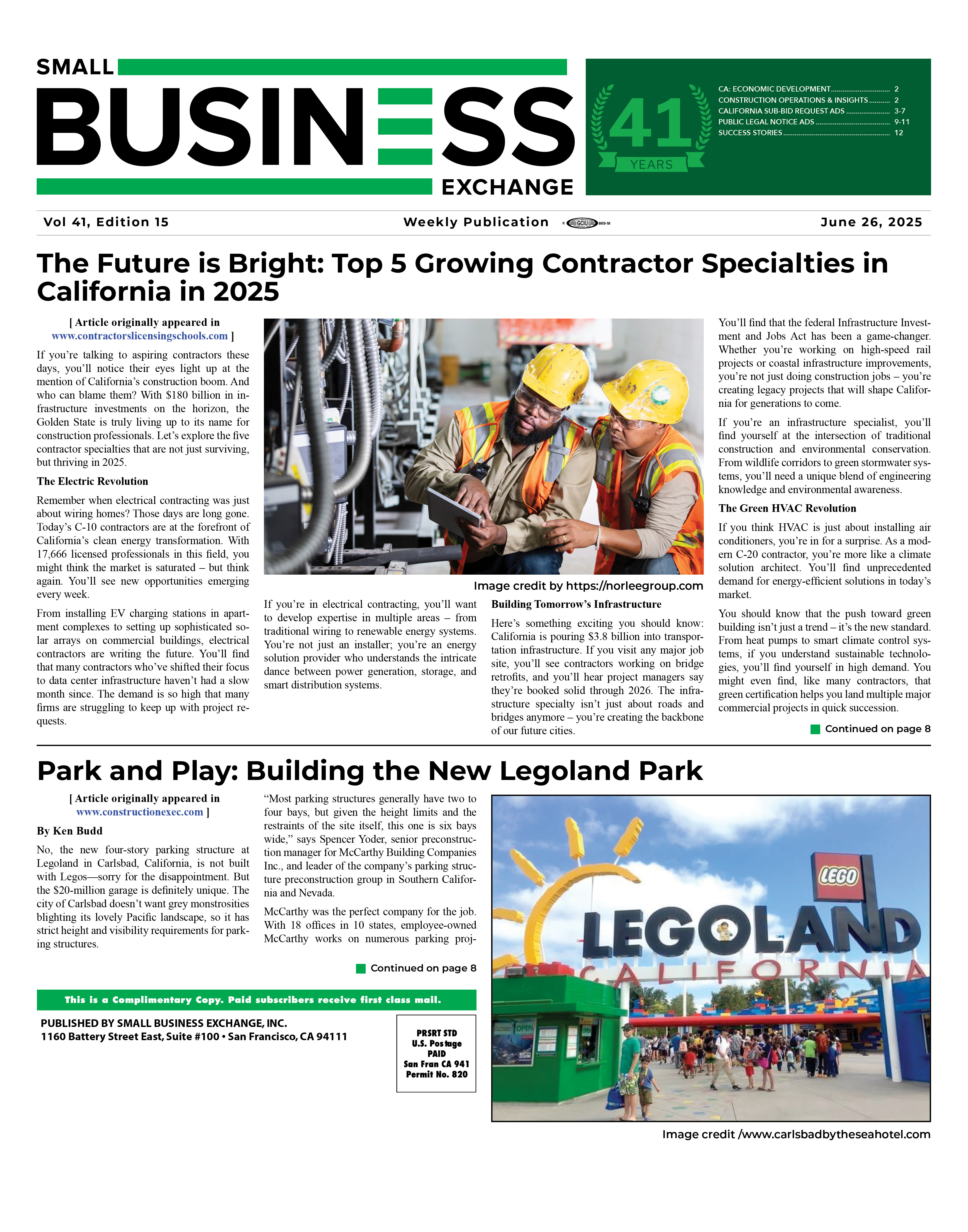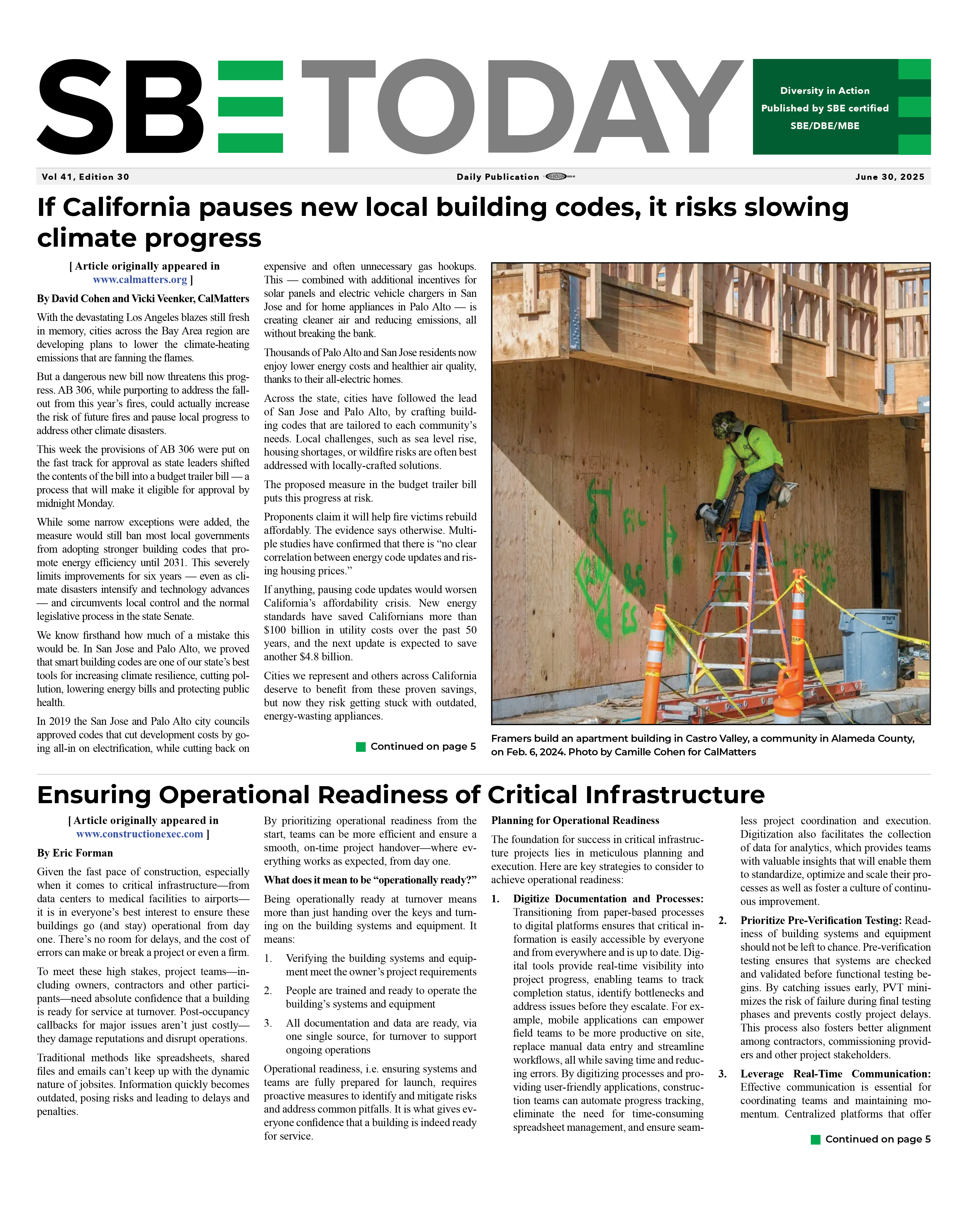|
|
Coping with Climate Disasters Through Community Partnerships
11/30/2019
By Nia Mitchell, Climate change is not an impending phenomenon, it is here and it is already affecting our communities; remember Paradise, California? And the frightening reality is that catastrophes don’t just damage physical infrastructure. Fires, heat waves, sea level rise and a host of other climate disasters have public health, human rights, and economic consequences too. And as these disasters increase in rate and severity so will the impacts on our social structures — social structures that already have built-in inequities via socioeconomics, race, gender, ability, etc. Climate change solutions that do not acknowledge these structural inequities will fail already marginalized communities and will facilitate climate apartheid: a “scenario where the wealthy pay to escape overheating, hunger and conflict while the rest of [us are] left to suffer.” Climate solutions must have equity at their nucleus, including strong community partnerships, in order to ensure the resilience of all communities. 
Community partnerships are great modes for equity because they can uplift diverse perspectives and ensure those affected by the policy or program have an integral role in its design. They give a voice to those most likely to be hit by climate disasters. The climate policy landscape in California is attempting to embrace this frame. Beginning with SB 535, authored by Sen. Kevin de León AB 1550, authored by Assemblymember Jimmy Gomez, our state has been moving towards equity and cross-sector and community partnerships. Those laws target 35 percent of California Climate Investments to projects located within and benefiting communities that are especially vulnerable to the impacts of climate change. Moreover, local jurisdictions seeking to receive grant funding for climate action have had to incorporate equity and the partnership of community-based organizations and residents into transformation projects for climate resilience.
To learn how local transformations supported by community partnerships like Transformative Climate Communities and Participatory Budgeting are playing out on the ground, I interviewed eight community organizers. Understanding the successes and current struggles of these partnership-centered programs provides key learnings for the improvement of our climate and community resilience strategies. It is important to note that last October the Intergovernmental Panel on Climate Change published a report saying we have 12 years to transform global society at an unprecedented rate and scale or we ensure climate catastrophe. Given this context, our state must engage these partnerships in the most efficient and equitable manner so our communities can transform before our time is up and climate disasters accelerate. Through our research we unearthed four key challenges:
These challenges produce and reproduce each other to create compounding obstacles that keep community voices from being heard and powerful, thus getting in the way of achieving equitable climate and community resilience. As designers of these programs and traditional power-holders, state agencies and local government staff must move beyond traditional community partnership practices and truly support the development of community voice and power.
I recognize this shift is a big one for government agencies. Truly involving community members takes extra labor and thoughtful deliberation. However, we must recognize that we have no choice. More climate disasters are on the way and preparedness requires giving vulnerable communities a voice. We must engage in the difficult work needed to transform our traditional methods. To begin this high level reframe, my white paper entitled “Reimagining Community Partnerships: A Good Neighbor Approach” challenges government agencies to engage in a process of self-reflection and to orient themselves as good neighbors, as members of the community. Practiced by community organizers across the state, the “good neighbor approach” centers reciprocal and sustainable relationships and confronts hierarchies. Before beginning any projects for local change, community organizers ask themselves “in simple real terms, if someone comes to your house, how would you expect that they show up as a guest?” This orientation informs community organizers’ behavior at each step of the process. It establishes every partner as having equal investment, power, and key knowledge for the improvement and care of their neighborhood. When residents and CBOs meaningfully participate in and design their communities’ transformation, projects will support each of our communities’ unique needs. By centering the priorities and leadership of local communities, in particular historically disinvested communities, we will facilitate resilience for our whole state. If state agencies and local governments adopt and truly embody this neighbor orientation:
A good neighbor approach will bring our communities one step closer to the true transformations and resilience we all need and deserve as the threat of climate disasters grows. Back To News |
|





